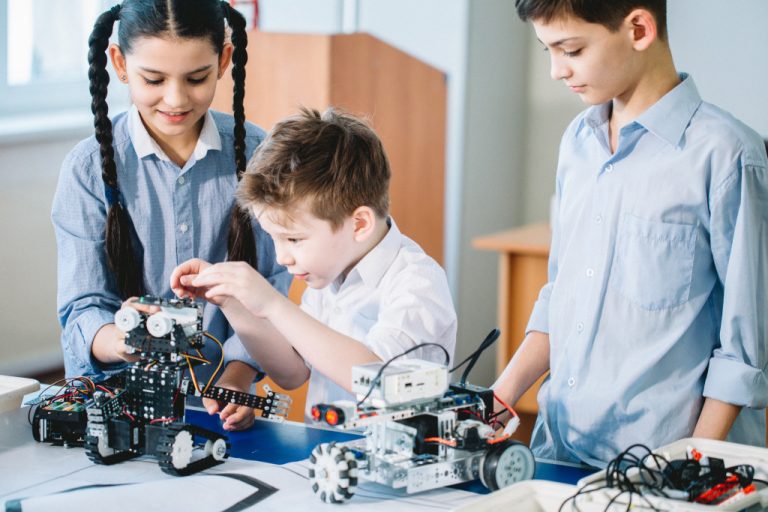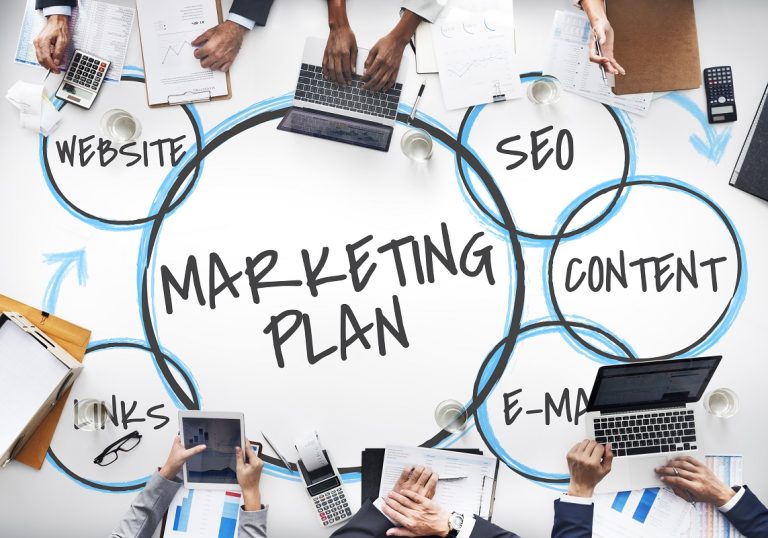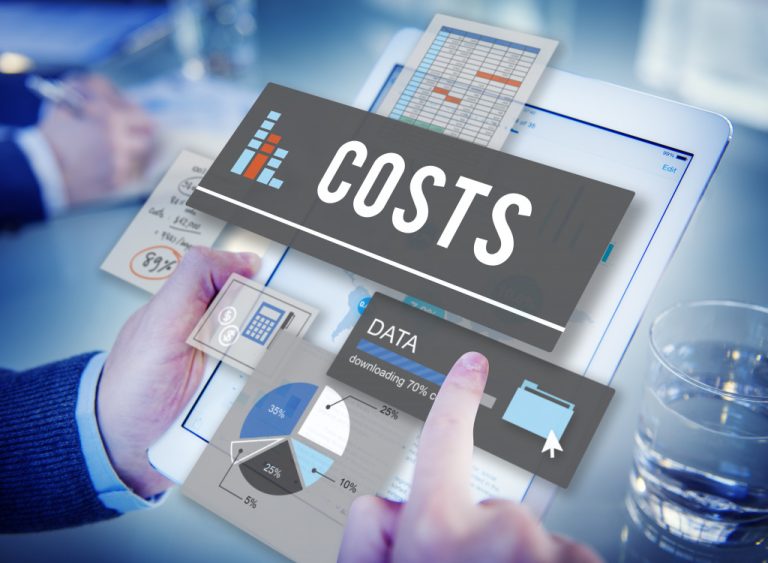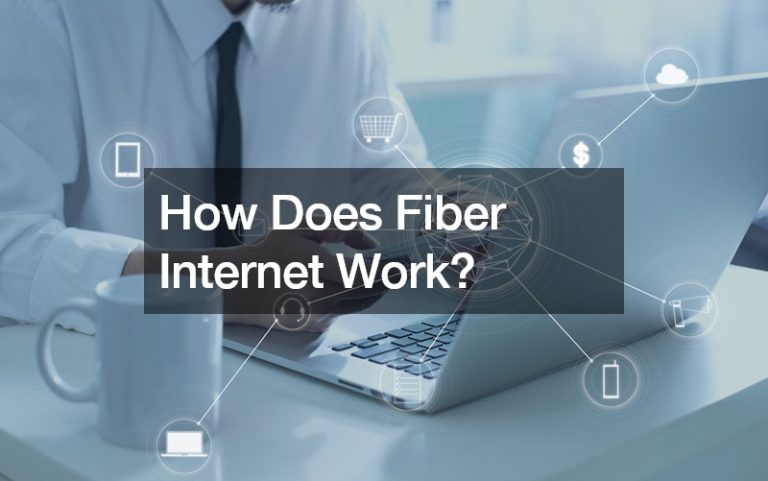In the manufacturing world, new technology is always being developed in an effort to increase efficiency and output. In some cases, this means adopting new methods or machinery; in others, it may simply mean finding better ways to use existing technology. Whatever the case may be, manufacturers are always on the lookout for ways to improve their operations.
New packaging materials
Advancements in technology have made it so that modern packaging is both better and more sustainable. With the current intense focus on plastic packaging, manufacturers are turning to explore other options such as plant-based fibers. Different raw materials are now used for packaging.
Packaging made from biodegradable materials, such as paper and seaweed, offers a sustainable alternative to traditional plastic packaging. Paper is a versatile and renewable resource, and can be made from a variety of sustainable sources, such as bamboo, sugarcane, or recycled paper. Seaweed is also a sustainable resource, and can be used to make packaging that is biodegradable and compostable. Seaweed-based packaging is moisture-resistant and can be used to package food items or liquids. It is also heat-resistant, making it suitable for use in microwave ovens.
Another example is micro-fibrillated cellulose (MFC). MFC is a material created when plant fibers are broken down to micro levels and reconstituted as packaging material. This process can create materials that are stronger and lighter than glass or carbon fiber, for instance. Also, MFC can be added to other packaging materials existent today in order to strengthen them.
Another significant obstacle for any fiber-based packaging material is its capability to block out external factors such as light, oxygen, and moisture which will lead to the contents inside deteriorating. Usually, products are Laminated for protection, but this makes it impossible to recycle; therefore, the industry has started developing water-based coatings as an eco-friendly solution.
Smart production lines
In the modern world, it is becoming increasingly important for businesses to be able to operate autonomously. This means that they need to be able to function without direct human input. In the manufacturing world, this is made possible through the use of smart production lines.
Smart production lines are connected to the internet of things, which allows them to communicate with other devices and systems. In a smart production line, almost everything is connected—this can include the conveyor belt, piston fillers, robotic arm welders, to label-makers. These smart production lines utilize sensors and computers. These allow them to operate autonomously, without needing human intervention. In this way, businesses can be assured that their production lines will continue to run smoothly, even if there are disruptions in the workforce.
The internet of things is also valuable because it allows businesses to collect data from their production lines. This data can then be analyzed to help improve operations and achieve greater efficiency. By having a connected production line, businesses can make sure that they are always getting the most out of their resources.
Before the internet of things, packaging was only used to protect items on store shelves. However, its role has transformed and extended much further with the rise of smart technology. For example, smart packaging helps decrease food waste in long and complicated supply chains. Additionally, in the healthcare field, doctors can utilize connected medical packaging to keep track of their patients’ progress. This has had a profound impact on many industries across the globe.
Robotics
Robotics is revolutionizing the packaging industry — especially where e-commerce is concerned. By being able to sort smaller items into boxes rapidly and precisely, robotic arms have gained favor among manufacturers and retailers alike.
Robots are nimble due to the ability to rearrange their arms for unique tasks, and they can be quickly repurposed for other jobs by altering their programming. Similarly, mobile robotic platforms have increased efficiency in recent years as they navigate warehouses autonomously. These autonomous mobile robots (AMRs) don’t require much instruction; instead, they rely on machine learning to figure out new routes rapidly. AMRs are thus more flexible than older models that had set paths and couldn’t adjust course easily. Secondary packaging, or crates used to transport products, are gaining importance for retailers because they’re often placed directly on store shelves. This bypasses the need to unpack each individual item, thus saving time. The advances in sensors and computer vision help monitor the robotic packaging’s performance alongside these developments that aim to speed up the process of getting goods from a factory onto store shelves with precision and consistency. In the future, it is likely that automated packaging will be a collaborative effort between robots and humans. This type of co-working arrangement would allow for a more efficient process than if either party worked alone.

3D printing
Three-dimensional printing, or 3D printing, is a game-changer for its ability to provide product testing and packaging before large production missions. Creating by layering melted plastic onto a base directed by software from computer designs, 3D customization and creativity have risen to new levels in recent years.
Some companies have begun to use 3D printing not only for the product but for packaging as well. For example, there are now types of energy drink cups that, when water is added, will cause the embedded ingredients within the cup’s print to create the beverage.
The primary advantage of 3D printing is that it quickens the prototyping process of machine parts, which subsequently speeds up manufacturing. For example, additive technology can rapidly create robotic arms for packaging purposes; something that would’ve taken months using traditional methods now only takes weeks. Even so, the main issue preventing 3D printing’s wider adoption in packaging industries is its current scalability issues—it’s more expensive to produce larger quantities than with standard techniques.
Final Thoughts
The three technologies discussed in this article — new materials, robotics, and 3D printing — are changing the packaging landscape. Each has its own unique benefits that are helping to speed up the process of getting goods from a factory onto store shelves. While each technology faces different challenges, they all have the potential to revolutionize how products are packaged and shipped. What do you think will be the next big advance in packaging technology?












